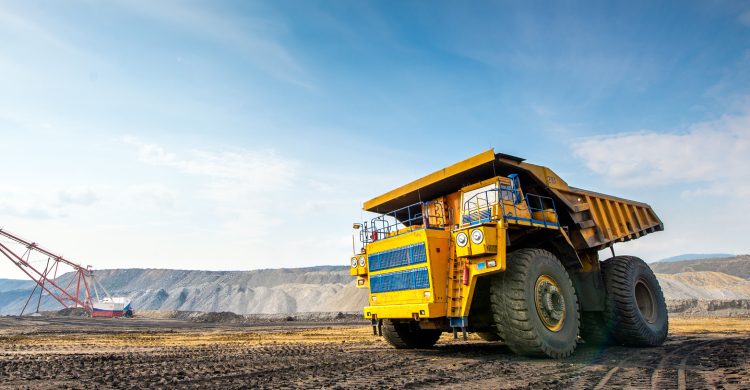
Automation is often seen as a magical solution that can solve a range of mining problems. However, according to Roy Hill’s Christine Eriksen the successful adoption of automation requires a holistic approach with the majority of time, effort and funds needing to be invested into careful change management.
“We quickly realised that automation based solely on technology wasn’t a silver bullet. That’s why Roy Hill developed System Thinking,” said the Program Director of Automation during her presentation entitled what’s happened since we embraced smart mining into our operations at International Mining and Resources Conference in Melbourne last month.
While according to Eriksen this approach is no different from working across any multi-disciplinary organisation without business units sitting in silos, it’s often difficult to implement on the ground.
“Technically we would look at the five systems – supply, demand, people, governance and improvement – and how Automation would impact them. However, we found that consequences began to appear when we start introducing people,” said Eriksen with a smile.
For Roy Hill, automation has the power to blur the lines between KPI’s and responsibilities from one area of the business to another.
The company began their autonomous drilling journey in April 2017 and currently has a fleet of nine retrofitted drills.
The Roy Hill manager admitted that new technology can end up causing problems due to the company spending more on the innovation rather than fixing the process, highlighting and developing the workforce and developing the communication between teams.
“System thinking (like Roy Hill’s) has enabled us to understand the relationships between all our maintenance teams.
“There were at least seven different teams involved in delivering support and maintenance to our drills. Understanding those relationships helped us to build a sense of collaboration and had a direct impact on the availability of the equipment.
“We also had to adapt quickly and doing that involved using visualisation techniques, which allowed our supervisors to see, understand and then report to their crew,” said Eriksen.
The technology has also helped Roy Hill’s planners to adopt revised schedules courtesy of the more productive, more precise and faster drills, which encouraged.
“Our drilling and blasting precision are higher. In fact, we’ve effectively realised a 14 per cent increase with a small reduction in headcount in drilling but no redundancies,” said Eriksen.
Roy Hill’s change to a system thinking approach has given the company significant gains, however, to get there Eriksen points out that its implementation required the majority of effort to be spent on change management.
“We devoted 70 per cent to change management and 30 per cent to the change in technology,” said Eriksen.
This involved communicating with those on the ground and encouraging people to have an open mind and be flexible to change.
These thoughts are echoed by Rob Derries, Manager of RCT Global’s Custom Division – company who was also on-site at IMARC displaying their cutting-edge smart technology mine solutions.
“Change management is often the most challenging part of a smart mine project, regardless of the size or scope of what’s being implemented.
“Many companies struggle with getting buy-in from key stakeholders and encouraging adoption when end users have been doing things a particular way for years and are resistant to change,” said Derries.
In order to combat this, Derries suggests that flexibility and training should be emphasised when considering any automation solution.
“There’s no one size fits all approach to smart mining. Every mining company – even every mine site – has its own unique culture and in our experience being able to work in partnership with your workforce rather than against them helps to cut change management time dramatically.